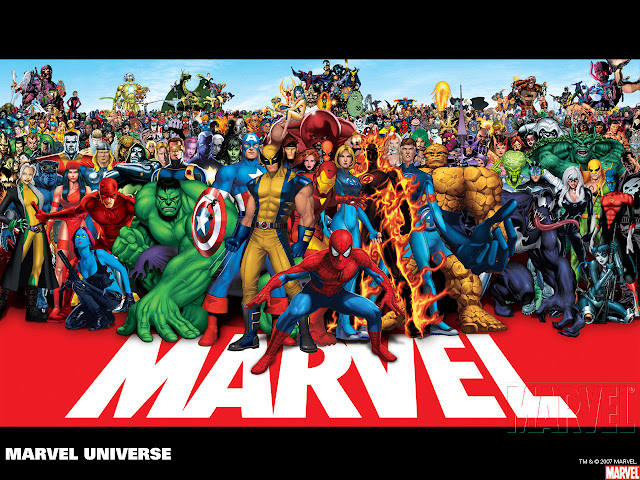Today I shall ramble about my design method development for a bit; mainly because it helps me keep track a little easier.
Okay, Let's go from the beginning;
What is this? well, this is a picture of the sun, surrounded by lots of little copied-and-pasted planets - you can just about see that... right?
So, anyway; the idea was to have the sun in the middle with all your 'play', 'High', 'low', 'odd' and 'even' within it, and have the planets with the betting numbers orbiting the outside; it sounded like a good idea at the time but the planets are way too close together to look decent.
This is the second iteration; it looks a little better because the planets are more spaced out, the problem is that is you wish to have these planets spinning around the sun, and then be selected with a pointer, the pointer will often be pointing to more than one planet - problem.
So, I tried not to dwell and tried to think of another idea - I had another idea to do with orbits (obviously something that interests me) and that was an Atom. I studied chemistry at A-level, so it made sense doing it about something I knew a little about.
So, I stole a picture of a nucleolus from Google and designed some electrons for it - of course the electron-orbits are not accurate but it was the basic idea that counted. I quite liked the look of it, but I still had the problem of the multi-select. (if you're wondering, if you judge in terms of electrons - It's Gallium.)
I proceeded to try and find another idea in hope of setting rest to my current problems. After studying my current ideas for inspiration, and their similarities, it occurred to me that I had taken designs from one of the smallest things known to man, and some of the biggest things; so I thought I would see what I could find between the two.
This process reminded me of a game - Spore
The idea with Spore is to evolve from a cell, right up to animals and humans and then start taking over planets and solar-systems. So I thought I'd do some research:
So, what was next?
I thought I'd draw up some little icons showing the different themes there could be since I hadn't done much original artwork:
The question mark is just a place filler/holder as there seemed quite a big gap between the two.
So now I had... 7 ideas (or themes) all which were similar, but different.
of course, all these ideas have their own concepts - you could have ants circling around an anthill, cars circulating buildings and so-on.
I decided after all my hard work I would rack my brains out a little more to try and solve the multi-selection problem, as it would be apparent that it would be a recurring problem for all of my new ideas.
After searching for various ways of arranging things, I came up with the concept of spirals - the below examples really caught my eye.
Not only does it look visually appealing, it spaces the circles out a bit more and seems to remove the problem of multi selection (well, the top one seems to at least)
Anyway, I thought all the ideas i had come up with had their good points, so I tried to be jammy and combine a selection of them into one. How did I plan to do this? Well, I quite liked the idea of spore because you could zoom from outer space, right down to something really small in a big swoop; It was like a huge version of Google earth - and from that came my inspiration.
I made a quick Mock up of a rounded google-earth-zoomer, and decided I could use it to effectively 'zoom' from one theme to another like a giant microscope; having multiple themes to choose from.
Yeah, I might have bitten off more than I can chew (as-per-usual), but I can soon simplify.
After all that, you may ask, 'What are you making again?'.
The answer is: 'A Spore-inspired-spiral-multi-theme-rotating-gambling-wheel-and-stuff'
Got it? Good.
























